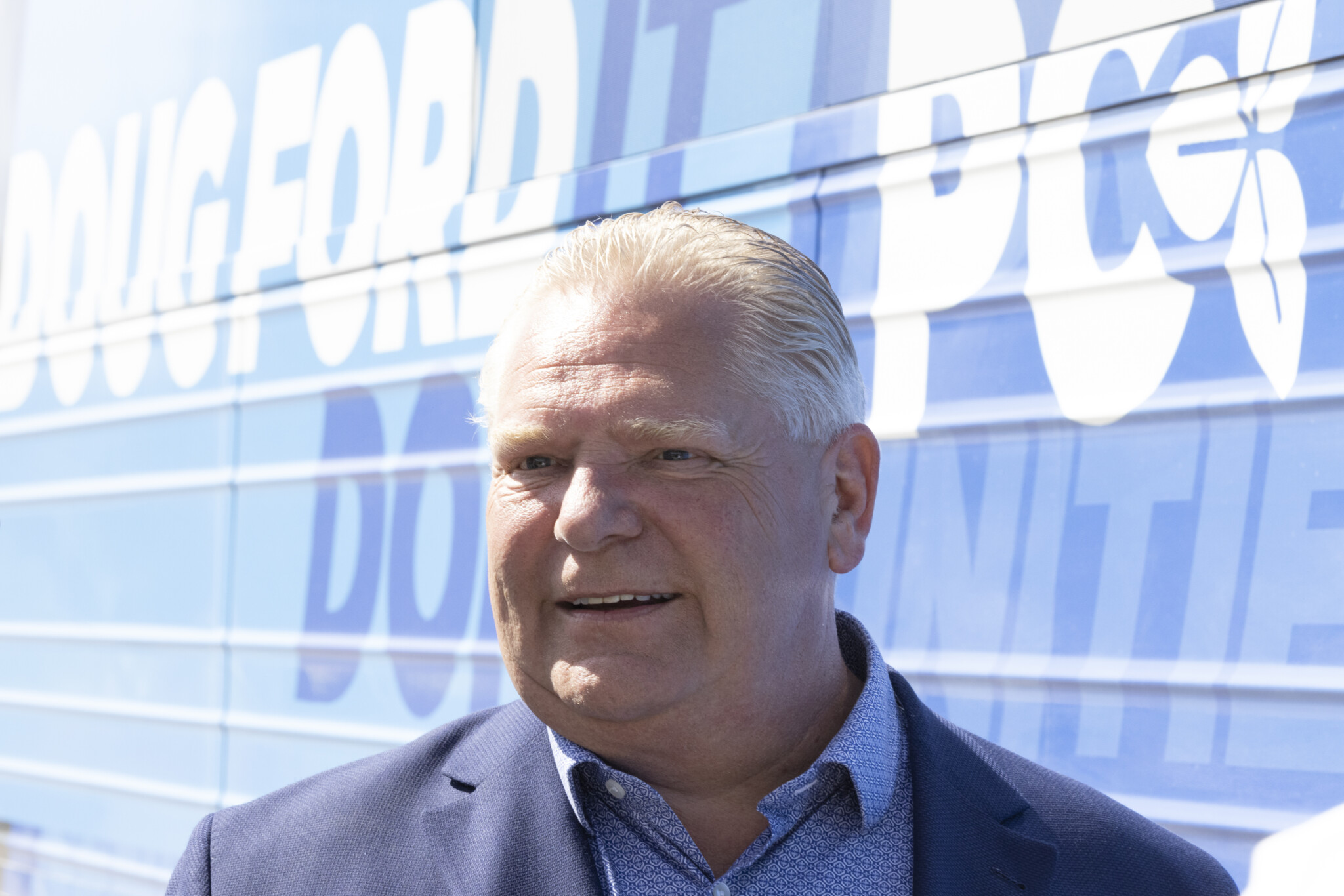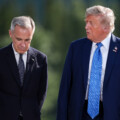According to recent Canadian history, partisan branding has little to do with the actual policies implemented by governments, and it can cause real electoral problems when citizens make assumptions based on party brand.
Consider the recent examples of the provincial NDP in British Columbia, the federal Liberal Party, and Ontario’s Progressive Conservatives. All three governments have rapidly increased spending, consistently borrowed money, and either raised taxes or failed to meaningfully lower them.
Let’s start with the BC NDP. Immediately after being sworn in as premier in November 2022, David Eby substantially increased government spending and recorded the second-highest year of per-person program spending (inflation-adjusted) on record in 2023. The Eby government financed this spending explosion by running large budget deficits of $5.0 billion and $9.1 billion during its first two years. It now projects a $10.9 billion deficit this year—the largest in B.C.’s history (after adjusting for inflation)—and additional deficits in 2026-27 and 2027-28.
This approach differs considerably from the NDP in Saskatchewan under Roy Romanow in the 1990s. After years of spending increases by his predecessor, Premier Romanow lowered per-person spending (inflation-adjusted) by 18.8 percent during his tenure from $10,527 in 1991 to $8,550 in 2000, decreased government-sector employment, and froze civil service wages. This allowed the Romanow government to gradually reduce the deficit during its first two years before running seven consecutive budget surpluses between 1994-95 and 2000-01.
In Ontario, Doug Ford’s Progressive Conservatives have more in common with the Kathleen Wynne Liberals than the Mike Harris Progressive Conservatives. Harris inherited a $10.1 billion deficit in 1994-95 but gradually reduced the deficit by lowering spending and returned the province to surpluses in the late 1990s and early 2000s. He also substantially reduced personal and business tax rates during his time in office.
By contrast, after becoming premier in 2018, Ford quickly abandoned his own promises to reduce taxes on personal income and businesses. And in 2025, tax rates remain at the same levels he inherited from Wynne. Moreover, per-person spending (inflation-adjusted) is higher today than it was at the peak of spending during Wynne’s tenure. Premier Ford has only balanced the books once in seven years and has added a projected $105 billion in debt since taking office. Fiscal discipline and tax cuts have fallen to the wayside in favour of free-spending ways.
Lastly, today’s federal Liberals are quite different from the Chrétien Liberals of the 1990s and early 2000s. When Prime Minister Chrétien took office in 1993, he inherited decades of ballooning debt, and federal finances were in shambles. In the 1995 federal budget, his government reduced program spending by 9.7 percent over a two-year period and shifted from a $36.6 billion deficit in 1994-95 to a $3.0 billion surplus in 1997-98. Chrétien continued to run surpluses every year before leaving office and substantially reduced federal debt. He also reduced taxes on capital gains and cleared a path for Ottawa to reduce taxes on personal income, setting the stage for years of widespread prosperity in Canada.
The fiscal approach of Justin Trudeau’s Liberals differed dramatically. Despite promising to balance the budget, they failed to fulfill this promise during their 10 years in power. Prime Minister Trudeau recorded the six-highest levels of spending (per person, after adjusting for inflation) on record from 2018 to 2023. His government doubled the national debt from $1.1 trillion to $2.2 trillion and recorded the four highest years of total federal debt per person (inflation-adjusted) in Canadian history. And his government raised taxes on professionals, entrepreneurs, and business owners, and increased the tax burden for middle-income Canadian families. Prime Minister Carney seems poised to drift even further away from the Chrétien approach, with even higher levels of spending and borrowing over the next four years compared to Trudeau’s four-year plan.
When predicting the policy behaviours of governments in office, political party titles mean little. For example, Doug Ford’s fiscal record bears little resemblance to that of Mike Harris, fellow Ontario PC premier. But more closely resembles the records of former Ontario Liberal premier Wynne, BC NDP Premier Eby, and Liberal Prime Minister Trudeau.









